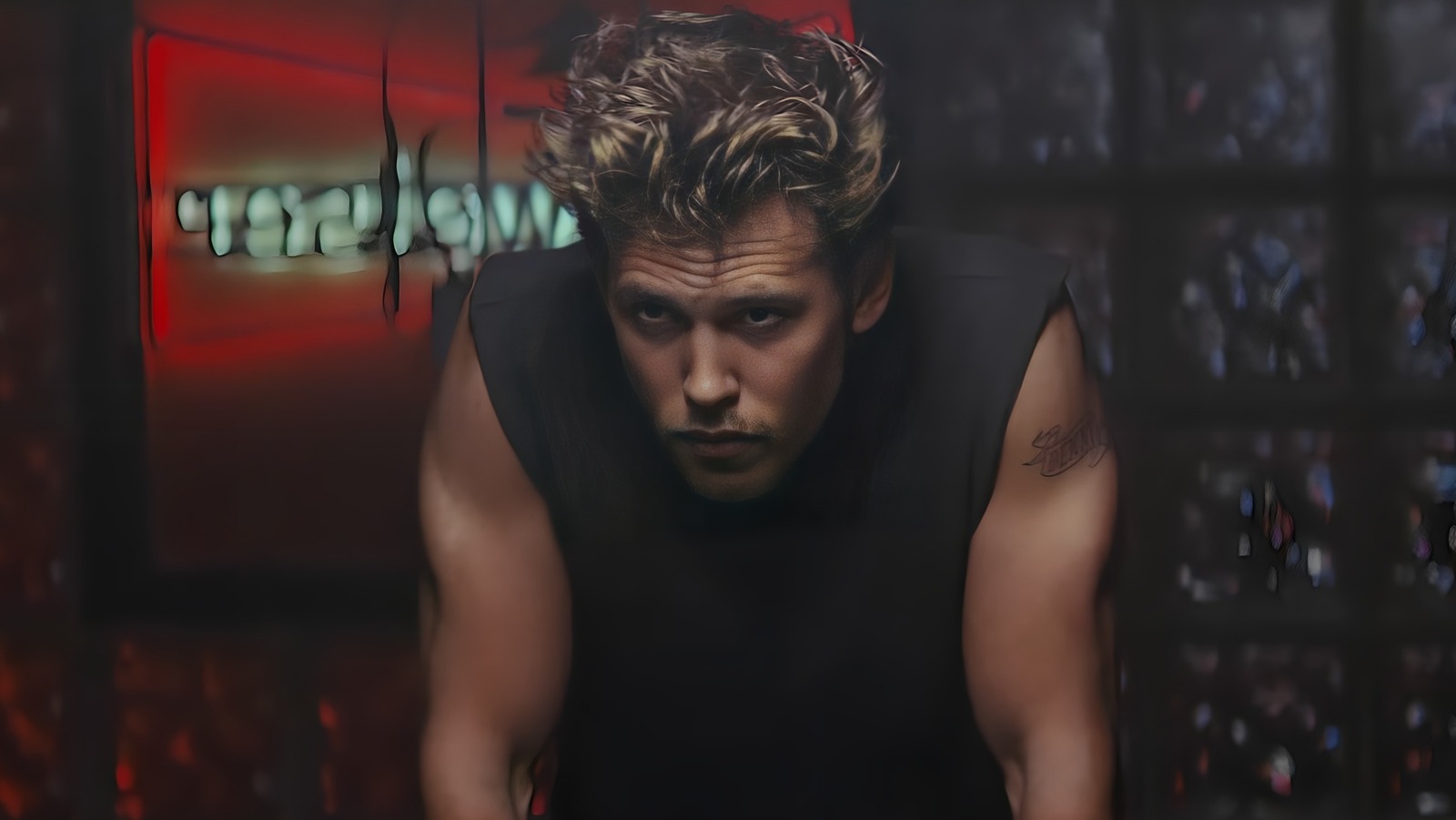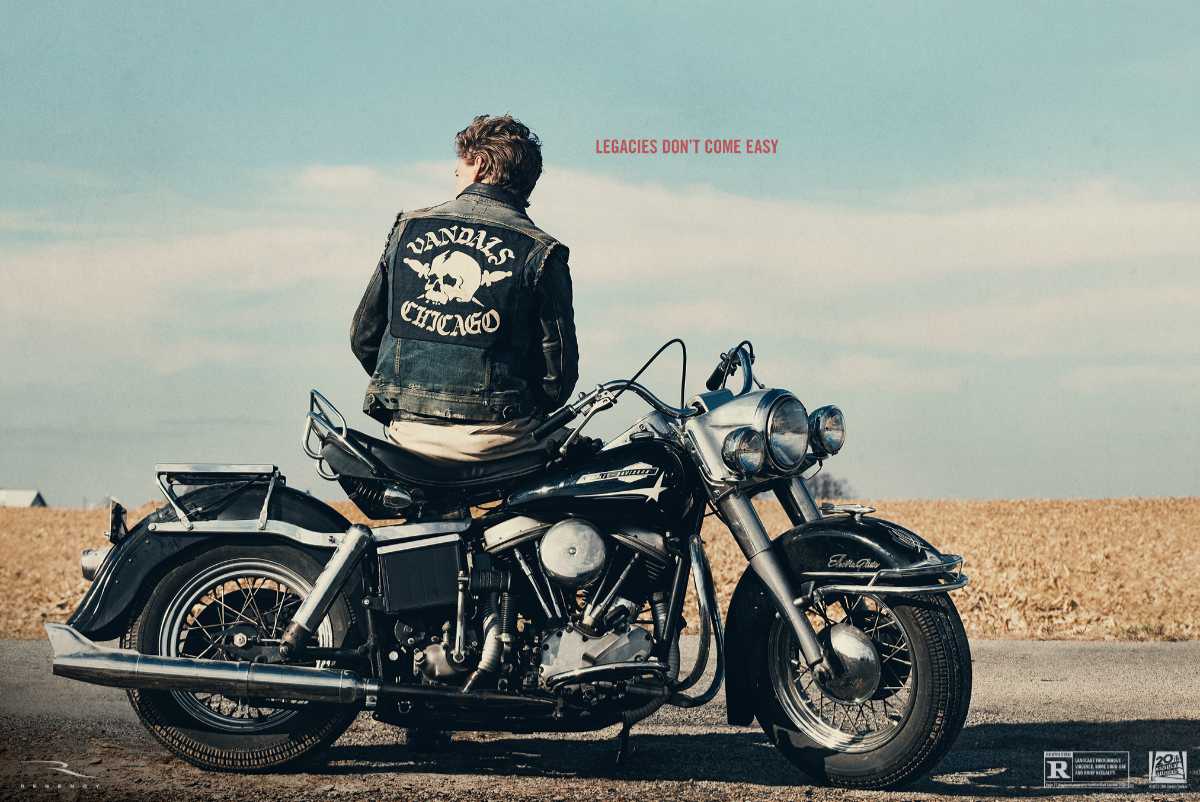Historical Context and Cultural Impact

The bikeriders – The “Bikeriders” photo series, captured by Dennis Hopper between 1963 and 1967, offers a raw and intimate portrayal of the biker subculture in Southern California. Its genesis lies in Hopper’s fascination with the enigmatic world of motorcycle enthusiasts, particularly the iconic Hells Angels.
The Bikeriders, a 1967 documentary by Daniel Haller, captures the raw energy and camaraderie of a motorcycle gang. The film’s gritty realism and intimate portrayal of the bikers’ lives have drawn comparisons to Robert Eggers’ Nosferatu , a modern retelling of the classic vampire tale.
Both works explore the themes of isolation, alienation, and the search for connection in a hostile world. The Bikeriders’ depiction of the gang’s rituals and traditions echoes Nosferatu’s exploration of the supernatural and the uncanny.
Genesis and Evolution
Hopper’s initial encounters with the Hells Angels sparked an artistic obsession that drove him to document their lives on film. Through his lens, he captured the essence of their camaraderie, their rebellious spirit, and their unwavering loyalty to the motorcycle. The resulting images, published in a 1967 book titled “The American Motorcycle,” became an instant sensation, propelling Hopper to fame and transforming the perception of bikers.
There is no escape from the dreaded vampires in The Bikeriders. The 1967 film is known for its depiction of the real-life biker gang of the same name. Their fierce and reckless ways make for a captivating story. The film’s haunting scenes and terrifying characters have left a lasting impression on viewers, reminiscent of the chilling atmosphere in the nosferatu trailer.
The Bikeriders is a must-watch for fans of biker culture and horror films alike.
Cultural Significance
The “Bikeriders” series played a pivotal role in shaping societal attitudes towards motorcycle culture. Prior to Hopper’s work, bikers were often portrayed as outcasts or criminals. However, his photographs humanized them, revealing their vulnerabilities and their shared passion for the open road. The series challenged stereotypes and fostered a newfound appreciation for the biker lifestyle, influencing fashion, music, and popular culture.
The Bikeriders is a series of photographs by Danny Lyon that documents the lives of a motorcycle club in Chicago in the 1960s. The photographs capture the camaraderie, danger, and freedom of the biker lifestyle. One of the most famous photographs in the series is of a young man named Ivan Cornejo , who was a member of the club.
Cornejo is shown standing in front of his motorcycle, with his arms crossed and a defiant look on his face. The photograph has become an iconic image of the biker lifestyle, and it has been used in numerous books, magazines, and films.
Photographer’s Perspective
Hopper’s approach to photography was characterized by a deep sense of empathy and an unwavering commitment to authenticity. He spent countless hours riding with the Hells Angels, earning their trust and capturing unguarded moments of their daily lives. His photographs transcended mere documentation, becoming powerful expressions of his own fascination with the biker subculture and its defiance of societal norms.
The Bikeriders, a seminal work of photography by Danny Lyon, captures the raw and intimate world of motorcycle clubs. Its gritty realism and unflinching portrayal of a subculture have drawn comparisons to the cinematic vision of Robert Eggers , whose films like The Witch and The Lighthouse explore the darkness and primal instincts that lurk beneath the surface of human society.
Like Lyon’s photographs, Eggers’ films confront the audience with the harsh realities of life, revealing the fragility and resilience of the human spirit.
Intended and Unintended Messages
While Hopper intended to portray the bikers with honesty and respect, his images also inadvertently perpetuated certain stereotypes. The series’ focus on the Hells Angels, a notorious motorcycle club, reinforced the association between bikers and violence. However, Hopper’s work also shed light on the complexities of the biker lifestyle, revealing the camaraderie and sense of belonging that often define this subculture.
Composition and Visual Techniques: The Bikeriders

The Bikeriders photographs are masterfully composed, with each element carefully arranged to create a cohesive and impactful narrative. The photographer’s use of framing, light, and perspective contribute to the overall drama and emotional resonance of the images.
Framing
The photographer often uses tight framing to isolate the bikers and their motorcycles, creating a sense of intimacy and claustrophobia. This technique emphasizes the physicality of the bikers and their machines, as well as their close-knit camaraderie. In other instances, the photographer employs wider shots to capture the bikers in their environment, providing context and a sense of place.
Light and Shadow
The use of light and shadow is crucial in creating the dramatic and evocative imagery of The Bikeriders. The photographer often uses harsh, directional lighting to accentuate the contours of the bikers’ bodies and the details of their motorcycles. This creates a sense of tension and unease, as the shadows seem to suggest hidden depths and untold stories.
Perspective and Vantage Point
The photographer’s choice of perspective and vantage point influences the viewer’s interpretation of the scene. By shooting from a low angle, the photographer makes the bikers appear larger and more imposing, creating a sense of awe and reverence. In other shots, the photographer adopts a more distant perspective, providing a broader view of the bikers’ environment and their interactions with one another.
Representation and Symbolism

In the Bikeriders series, Bruce Davidson portrays bikers as rugged individuals, exuding a sense of freedom and camaraderie. Through his lens, they emerge as rebels, outsiders, and symbols of counterculture.
Portrayal of Bikers
- Outlaws and rebels: Davidson captures the bikers’ defiant nature, their disregard for societal norms, and their embrace of a life on the open road.
- Strong and masculine: The bikers are depicted as physically imposing and virile, embodying a hyper-masculine ideal.
- Camaraderie and brotherhood: The photographs highlight the strong bonds between the bikers, their shared experiences, and their sense of community.
Symbols and Metaphors, The bikeriders
- Motorcycles as symbols of freedom: The motorcycles represent the bikers’ pursuit of liberation, their desire to escape societal constraints.
- Leather and denim as symbols of rebellion: The bikers’ clothing signifies their rejection of mainstream fashion and their affiliation with the counterculture.
- Road as a metaphor for life’s journey: The endless road symbolizes the bikers’ nomadic lifestyle and their constant search for adventure.
Photographer’s Intent
Davidson’s portrayal of bikers was influenced by the social and political climate of the 1960s. He sought to challenge conventional representations of masculinity and to shed light on the experiences of a marginalized group.
Who would have thought that a group of motorcycle enthusiasts would become the subject of a captivating photobook? The Bikeriders , a collection of photographs by Danny Lyon, offers an intimate glimpse into the lives of these outlaws on wheels.
From their leather-clad camaraderie to their rebellious spirit, Lyon’s images capture the essence of the bikeriders’ subculture, leaving an indelible mark on the annals of photography.